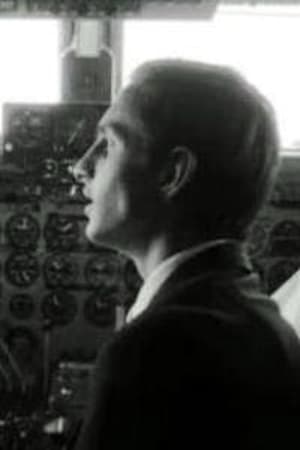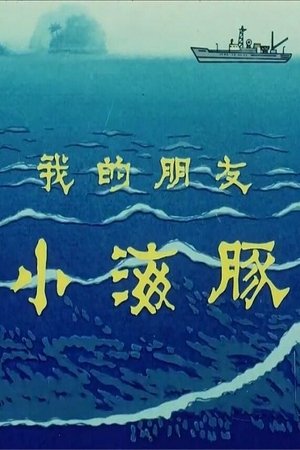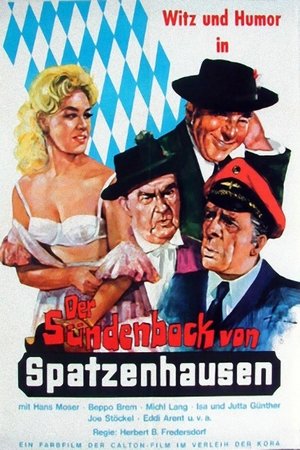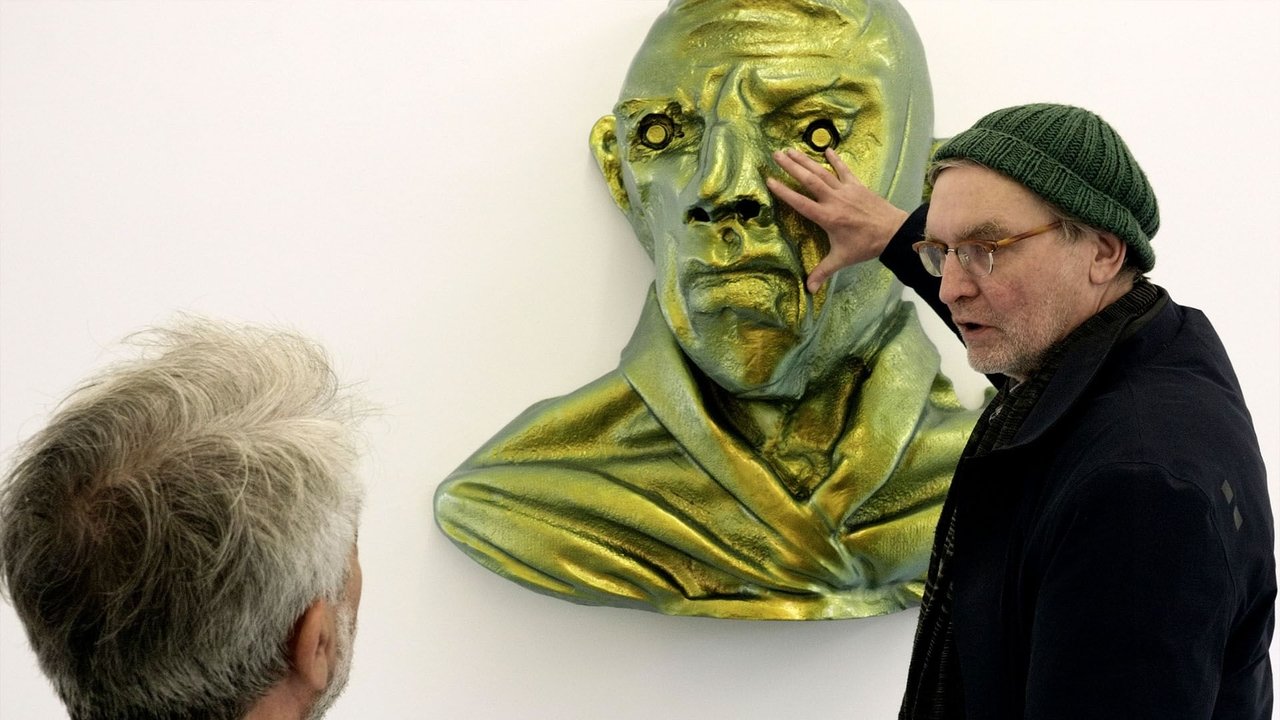

Thomas Schütte - Ich bin nicht allein(2023)
Thomas Schütte's work is always about people. His works have gravity and lightness, but they also show damage, power relations, fears, dependencies, evil, weird and beautiful figures. Schütte studied from 1973 to 1981 at the Düsseldorf Art Academy under Fritz Schwegler and Gerhard Richter. Today, he is one of the most important contemporary artists and is represented in all major museums and collections worldwide.


Movie: Thomas Schütte - Ich bin nicht allein
Top 1 Billed Cast
Self

Thomas Schütte - Ich bin nicht allein
HomePage
Overview
Thomas Schütte's work is always about people. His works have gravity and lightness, but they also show damage, power relations, fears, dependencies, evil, weird and beautiful figures. Schütte studied from 1973 to 1981 at the Düsseldorf Art Academy under Fritz Schwegler and Gerhard Richter. Today, he is one of the most important contemporary artists and is represented in all major museums and collections worldwide.
Release Date
2023-06-29
Average
8
Rating:
4.0 startsTagline
Genres
Languages:
EnglishFrançaisDeutschItalianoKeywords
Recommendations Movies
 9.4
9.4Chunauti(ne)
Chunauti is an action-packed romantic comedy that tells a story of love, struggle, and justice. Ajaya and his wife Prabha move to Kathmandu, where Ajaya starts working as a teacher. Later, his sister Gita joins them and enrolls in the same college. There, she meets a kind and charming student, but trouble arises when Madhav, a troublesome student, also starts liking her. One day, a fight breaks out in the college, and when Gita tries to stop it, an inspector arrives and brings the situation under control. Angered by this, Madhav and his group cause harm to Prabha and Gita. They also try to escape punishment through legal means. With no strong evidence, Ajaya takes a stand and challenges the court. In the end, he decides to take justice into his own hands, leading to a tragic ending where the inspector, fulfilling his duty, stops Ajaya. Chunauti is a story of love, courage, and sacrifice in the face of injustice.
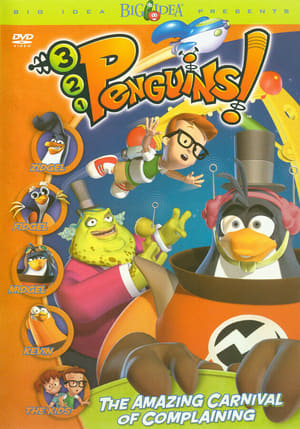 10.0
10.03-2-1 Penguins!: The Amazing Carnival of Complaining(en)
Jason and the crew go on a leisure trip to a carnival, but are confronted by carnival barker Uncle Blobb and his diabolical interplanetary real estate scheme as he attempts to turn them into "Seeds of Discontent."
99ème régiment d'infanterie : assaut du portique(en)
A regiment of soldiers demonstrate their skills.
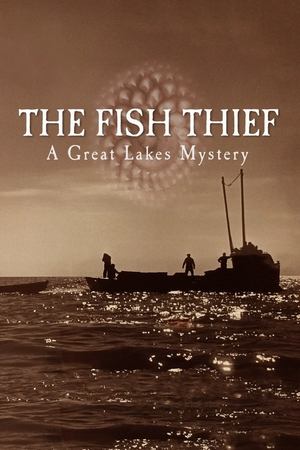 7.0
7.0The Fish Thief: A Great Lakes Mystery(en)
In the early twentieth century, a mysterious ecological crisis nearly wiped out the fish that most people cared about in the largest freshwater ecosystem on earth—the Great Lakes. The impact reverberated across the region, ruining local industries, damaging small town economies and indigenous communities, and destroying the livelihoods of people in the United States and Canada. With little reason for hope, a dedicated group of scientists, policymakers, and conservationists tackled the mystery.
 5.0
5.0O Cinema é Minha Vida(pt)
In the dressing room of the French cinema, minutes before attending a lecture, François Truffaut recalls his trajectory
Film(en)
"This piece, with the generic title Film, is a series of short videos built around one protocol: a snippet of news from a newspaper of the day, is rolled up and then placed on a black-inked surface. On making contact with the liquid, the roll opens and of Its own accord frees itself of the gesture that fashioned it. As it comes alive in this way, the sliver of paper reveals Its hitherto unexposed content; this unpredictable kinematics is evidence of the constant impermanence of news. As well as exploring a certain archaeology of cinema, the mechanism references the passage of time: the ink, whether it is poured or printed, is the ink of ongoing human history." –Ismaïl Bahri
 10.0
10.0Conservatorio: Juventud y Rebeldía(es)
Mexico does not have the necessary social and governmental support for those who study arts, specifically music. With the help of two saxophonists we enter the life of musicians in Mexico, as well as discover the reason why they decided to study these careers, something that would seem a daring on their part, but perhaps it is what is needed in Mexico
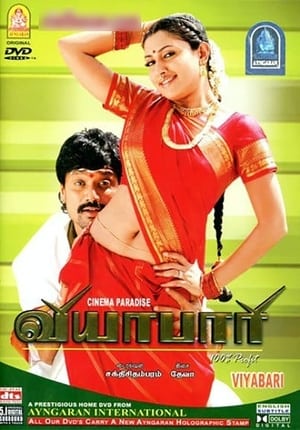 5.3
5.3Viyabari(ta)
A businessman who wants to be rich loses out on family and social life. He marries a girl who loves him only because she would prove profitable to his business. He realizes what he lost after the death of his mother.
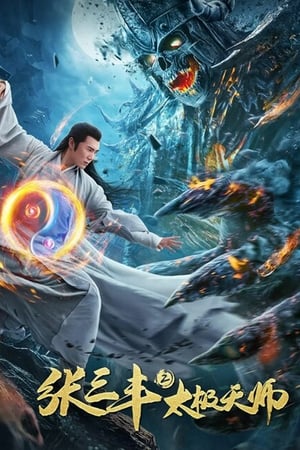 7.0
7.0Apolar Battlefield(zh)
Tai Chi guru Zhang Sanfeng deciphered the eighth-level mystery box, broke the border-less mind and magic skills and wiped out the stories of martial arts scum.
 8.0
8.0The Seventh Page(es)
Chronicle of the daily activity of a newspaper called La Jornada. Through the events covered by the gossip columnist that occupy precisely the seventh page, a portrait emerges of different classes of Spain in the 50's and a vision of reality where facts are mixed comedy, police, emotional, dramatic and even tragic.
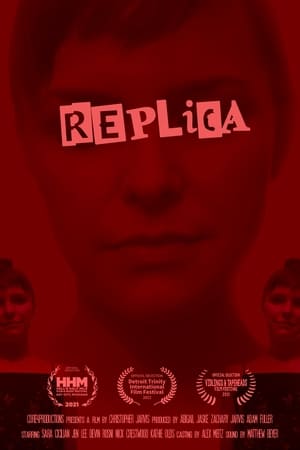 10.0
10.0Replica(en)
A young woman attends a party under false pretenses that goes from bizarre to sinister.
 5.0
5.0The Hoboken Chicken Emergency(en)
Arthur is asked to pick up a bird for Thanksgiving dinner, so he brings home a 266-pound chicken named Henrietta. The family welcome her with open arms, but the neighbors are not so sure and then Henrietta escapes.
 5.7
5.7Kenneth Anger: Film as Magical Ritual(de)
Anger discusses his Aleister Crowley-inspired theories of art: How he views his camera like a wand and how he casts his films, preferring to consider his actors, not human beings but as elemental spirits. In fact, he reveals that he goes so far as to use astrology when making these choices. This is as direct an explanation of Anger’s cinemagical modus operandi as I have ever heard him articulate anywhere. It’s a must see for anyone interested in his work and showcases the Magus of cinema at the very height of his artistic powers. Fascinating. (Dangerous Minds)
Similar Movies
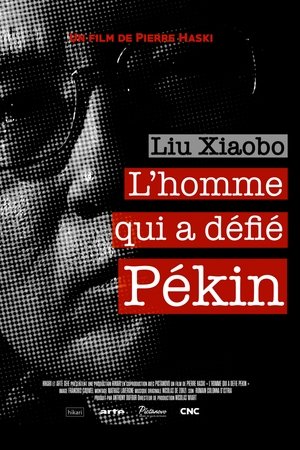 6.5
6.5The Man Who Defied Beijing(fr)
A portrait of Chinese writer Liu Xiaobo (1955-2017), a witness of the Tiananmen Square massacre (1989), a dissident, a woodpecker who tirelessly pecked the putrid brain of the Communist regime for decades, demanding democracy loudly and fearlessly. Silenced, arrested, convicted, imprisoned, dead. Nobel Peace Prize winner in 2010, alive forever. These are his last words.
 8.0
8.0Pablo's Hippos(en)
Recounting the absurd and paradoxical history of Colombia's thirty-year struggle with international drug trafficking, at once a farce and a tragedy, as seen through the eyes of the extravagant pet of the most powerful drug baron in history: a hippopotamus named Pablo.
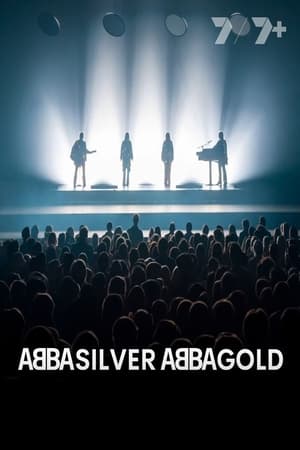 8.0
8.0ABBA Silver, ABBA Gold(en)
ABBA Silver, ABBA Gold takes Abba from the Swedish heats of the 1974 Eurovision Song Contest, where their song 'Waterloo' swept all before it, right up to today's new CGI performances.
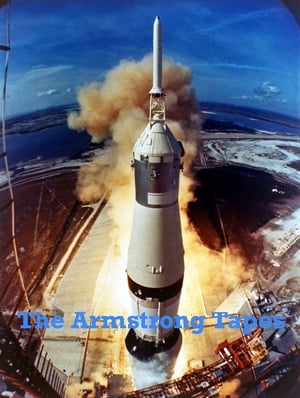 6.5
6.5The Armstrong Tapes(en)
Never-before-heard audio tapes recorded with Neil Armstrong during the final years of his life reveal an intimate portrait of this iconic - and famously private - man. Illustrated through previously unseen personal photographs and archival footage, this documentary special takes viewers on an emotional journey into the thoughts and experiences of the first man on the Moon.
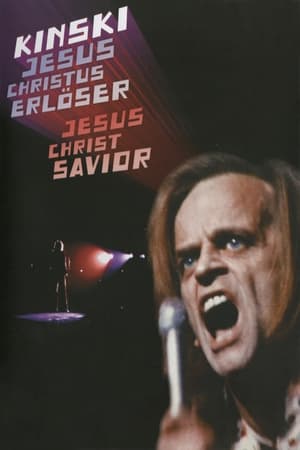 7.1
7.1Jesus Christ Saviour(de)
Klaus Kinski has perhaps the most ferocious reputation of all screen actors: his volatility was documented to electrifying effect in Werner Herzog’s 1999 portrait My Best Fiend. This documentary provides further fascinating insight into the talent and the tantrums of the great man. Beset by hecklers, Kinski tries to deliver an epic monologue about the life of Christ (with whom he perhaps identifies a little too closely). The performance becomes a stand-off, as Kinski fights for control of the crowd and alters the words to bait his tormentors. Indispensable for Kinski fans, and a riveting introduction for newcomers, this is a unique document, which Variety called ‘a time capsule of societal ideals and personal demons.’
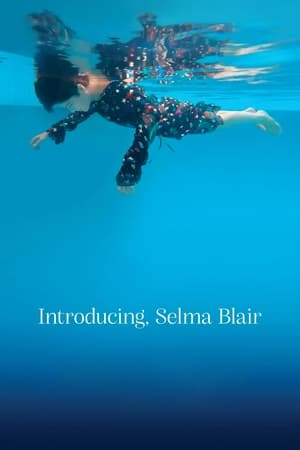 6.9
6.9Introducing, Selma Blair(en)
In a quest to take control of her personal health, actor Selma Blair adapts to new ways of living while pursuing an experimental medical procedure, after revealing her diagnosis of Multiple Sclerosis in 2018.
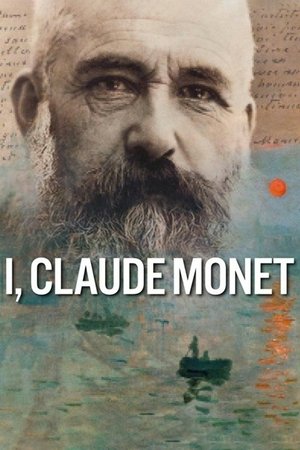 6.2
6.2I, Claude Monet(en)
From award-winning director Phil Grabsky comes this fresh new look at arguably the world’s favourite artist – through his own words. Using letters and other private writings I, Claude Monet reveals new insight into the man who not only painted the picture that gave birth to impressionism but who was perhaps the most influential and successful painter of the 19th and early 20th centuries. Despite this, and perhaps because of it, Monet’s life is a gripping tale about a man who, behind his sun-dazzled canvases, suffered from feelings of depression, loneliness, even suicide. Then, as his art developed and his love of gardening led to the glories of his garden at Giverney, his humour, insight and love of life is revealed. Shot on location in Paris, London, Normandy and Venice I, Claude Monet is a cinematic immersion into some of the most loved and iconic scenes in Western Art.
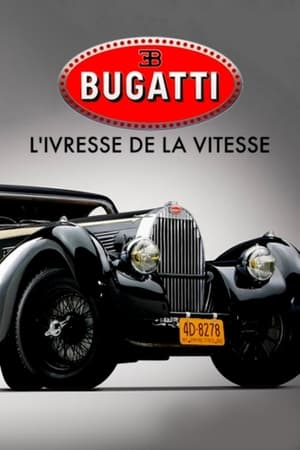 6.7
6.7Bugatti: A Thirst for Speed(de)
The story of the Bugattis of Milan and Molsheim, the eccentric family behind the brand: Carlo, the patriarch and furniture designer; Rembrandt, the troubled sculptor; Ettore, the gifted engineer; Jean, the unfortunate heir. Art and design. Beauty and luxury. The fastest cars. Races. The need for speed.
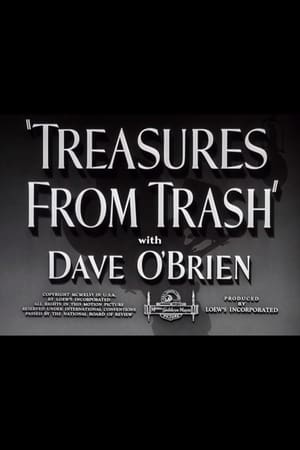 8.0
8.0Treasures from Trash(en)
This short film presents an unusual Beverly Hills store called the Patio Shop, where trash is turned into art.
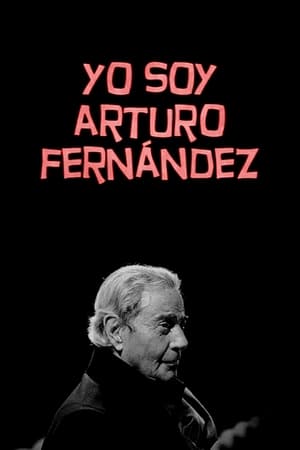 6.0
6.0Yo soy Arturo Fernández(es)
A gentle portrait of the mythical Spanish actor Arturo Fernández (1929-2019) in the hour of his passing, in his own words, through his latest interviews, not previously broadcast, and the words of those who knew him thorough decades of charming and good performance on stage, his true home, as well as in cinema and television.
 0.0
0.0The Power of Utopia: Living with Le Corbusier in Chandigarh(de)
With the construction of the Indian planned city of Chandigarh, the Swiss and French architect Le Corbusier completed his life's work 70 years ago. Chandigarh is a controversial synthesis of the arts, a bold utopia of modernity. The film accompanies four cultural workers who live in the planned city and reflects on Le Corbusier's legacy, utopian urban ideas and the cultural differences between East and West in an atmospherically dense narrative.
 7.0
7.0Hitchcock at the N.F.T.(en)
In his 70th year, Alfred Hitchcock came to the National Film Theatre in London to talk to fellow director Bryan Forbes and to answer questions from an audience of film enthusiasts.
 7.5
7.5Aldo Moro - Il presidente(it)
At the end of the seventies the Red Brigades are plotting a new target to hit, the president of the Christian Democrats Aldo Moro. On 16 March 1978, the band of the Red Brigades went on the attack. The terrorists kidnap Aldo Moro and kill all the men in his escort.
 0.0
0.0The Real Edie(en)
A documentary about Edie Sedgwick featuring photos of her and clips from Factory Girl, narrated by her real-life friends and loved ones, including her brother Jonathan, cousin John Sedgwick, roommate Danny Fields, artists Richie Berlin and Gerard Malanga, photographer Nat Finkelstein, designer Betsey Johnson, and others.
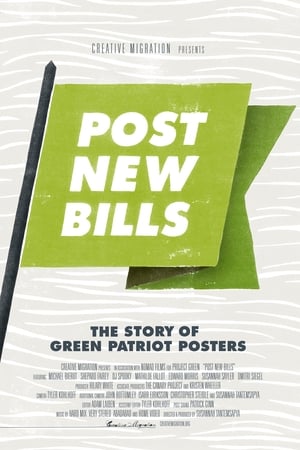 0.0
0.0Post New Bills: The Story of Green Patriot Posters(en)
A short documentary illustrating how art can influence public perception towards environmental issues. Green Patriot Posters is a highly acclaimed multimedia design campaign that challenges artists to deepen public understanding and ignite collective action in the fight against climate change. So far, it has reached five million people through print media, public space and digital culture. The film features interviews with key Green Patriot Posters contributors (Shepard Fairey, Michael Bierut, DJ Spooky, Mathilde Fallot) and its founders (The Canary Project, Dmitri Siegel).
James Joyce's 'Ulysses'(en)
From the series "The Modern World: Ten Great Writers", this playful documentary introduces James Joyce's most famous work "Ulysses". It includes fantastic adaptations to film from passages of the novel. It also includes excerpts from a book written by Joyce's friend, the artist Frank Budgen, entitled "James Joyce and the making of Ulysses". Amongst those interviewed is author Anthony Burgess.
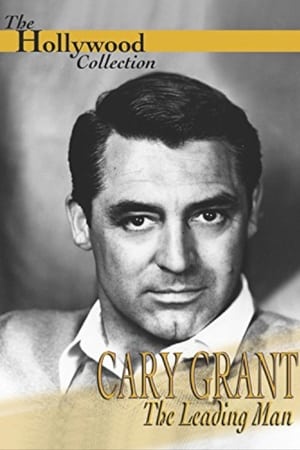 7.0
7.0Cary Grant: A Celebration of a Leading Man(en)
A retrospective of the life and career of actor Cary Grant, including clips from his films and interviews with his friends and co-workers.
 0.0
0.0Eclectic Shorts by Eric Leiser(en)
Eric Leiser displays his boundless creativity in this short collection; A stunning compilation of works presented with a mixture of live action, stop motion animation, puppetry and pixilation techniques, produced between 2001 and 2006.
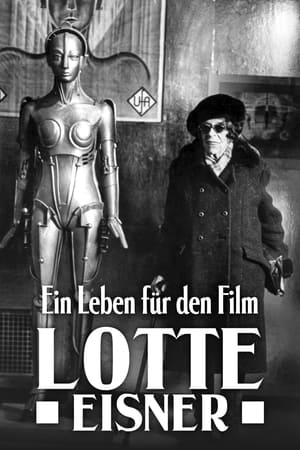 8.5
8.5A Life for Movies: Lotte Eisner(de)
Born in Berlin in 1896, Lotte Eisner became famous for her passionate involvement in the world of both German and French cinema. In 1936, together with Henri Langlois, she founded the Cinémathèque Française with the goal of saving from destruction films, costumes, sets, posters, and other treasures of the 7th Art. A Jew exiled in Paris, she became a pillar of the capital's cultural scene, where she promoted German cinema.

